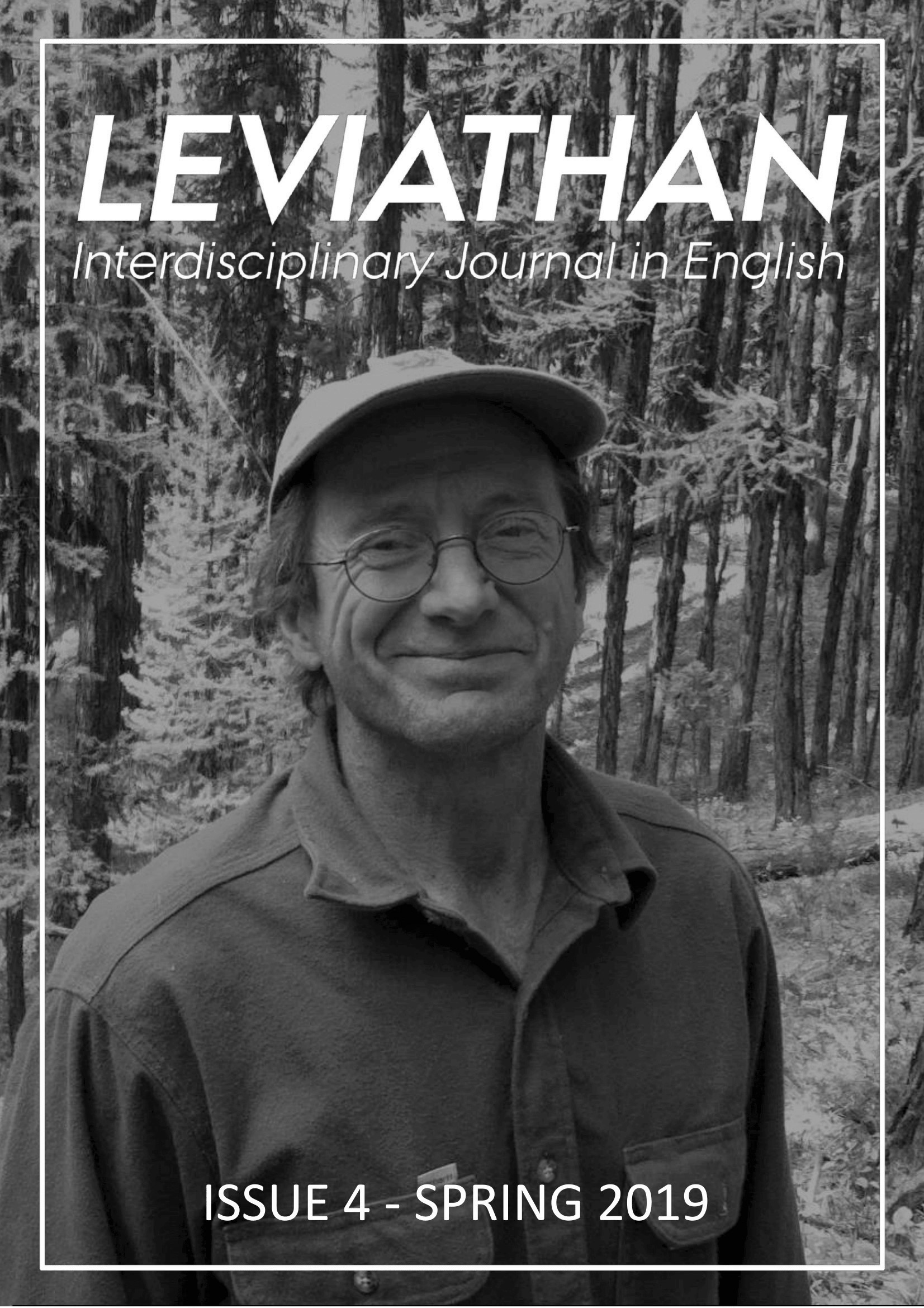The Crosslinguistic Influence of First and Second Language on Third Language Acquisition
DOI:
https://doi.org/10.7146/lev.v0i4.112682Keywords:
L3 acquisition, V2, crosslinguistics, language transfer, UG, Typological Primacy Model, Language and CognitionAbstract
This paper explores the crosslinguistic influences of first and second language on third language acquisition. While it has earlier been argued that Universal Grammar is lost with subsequent language acquisition, some studies indicate that Universal Grammar is not lost and is also applied when acquiring other languages. By drawing on two studies of third language acquisition where the third languages are V2, it is shown that when it comes to acquiring a third language, transfer can happen from both the first and second languages. One study showed that both the first and second languages can influence the acquisition of a third language while another argued in favor of the second language being the most dominant influence. On the basis of an examination of different theoretical approaches to language transfer, this paper argues that the Typological Primacy Model provides the most convincing and pragmatic explanation in that language transfer depends on linguistic circumstances.
Downloads
Published
How to Cite
Issue
Section
License
Attribution-NonCommercial-NoDerivatives 4.0 International (CC BY-NC-ND 4.0)
You are free to share (copy and redistribute the material in any medium or format).
However:
You may not use the material for commercial purposes.
You must give appropriate credit, provide a link to the license, and indicate if changes were made. You may do so in any reasonable manner, but not in any way that suggests the licensor endorses you or your use.
If you remix, transform, or build upon the material, you may not distribute the modified material.
You may not apply legal terms or technological measures that legally restrict others from doing anything the license permits.





